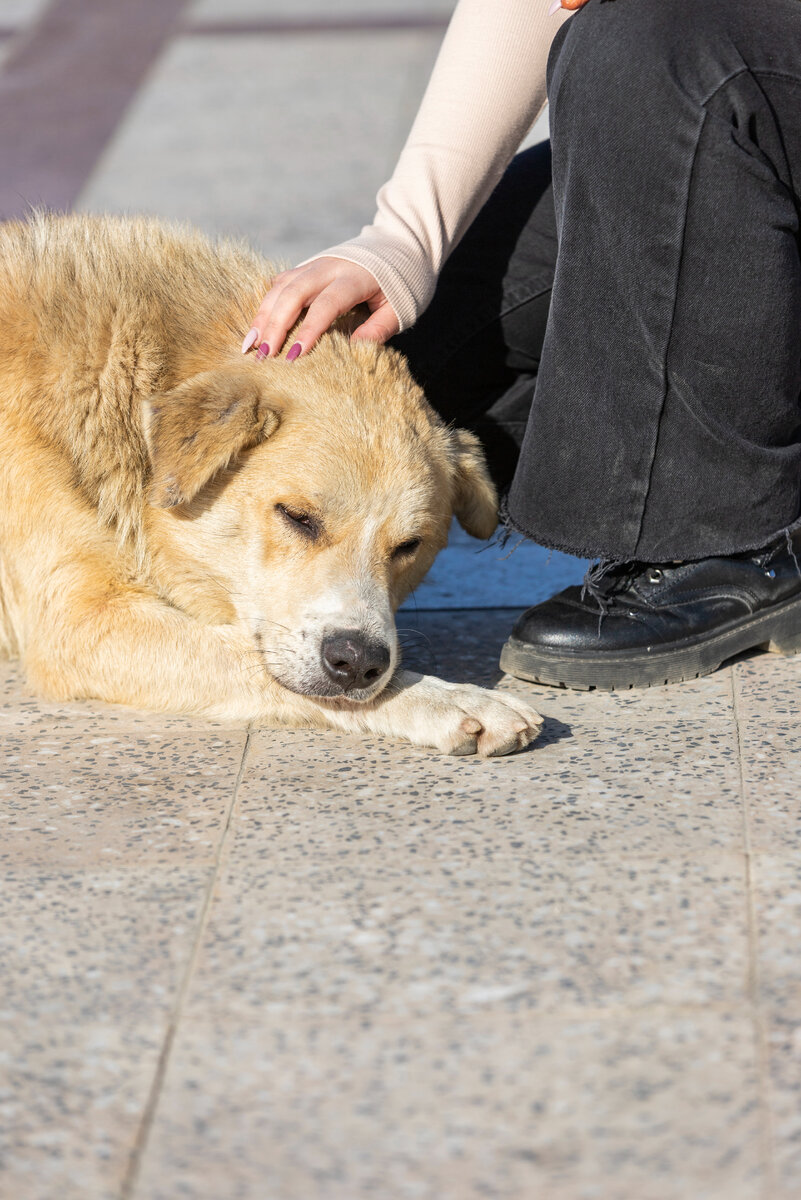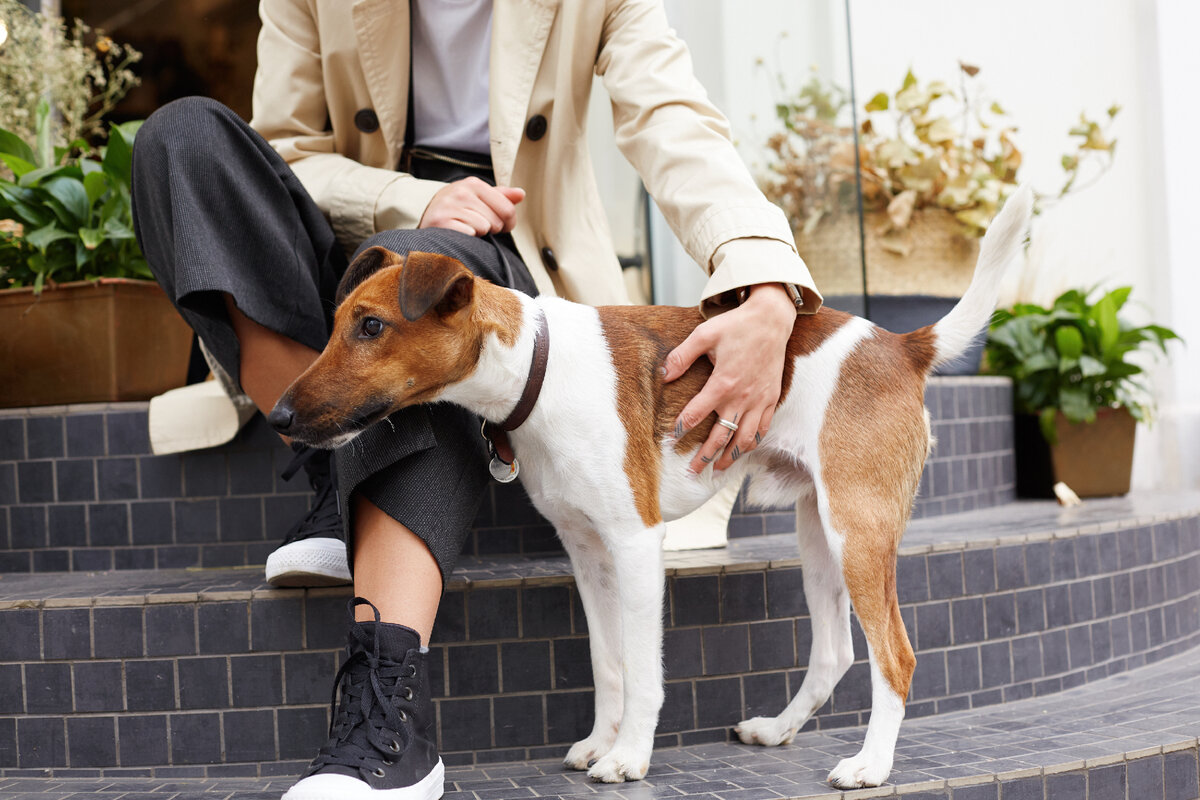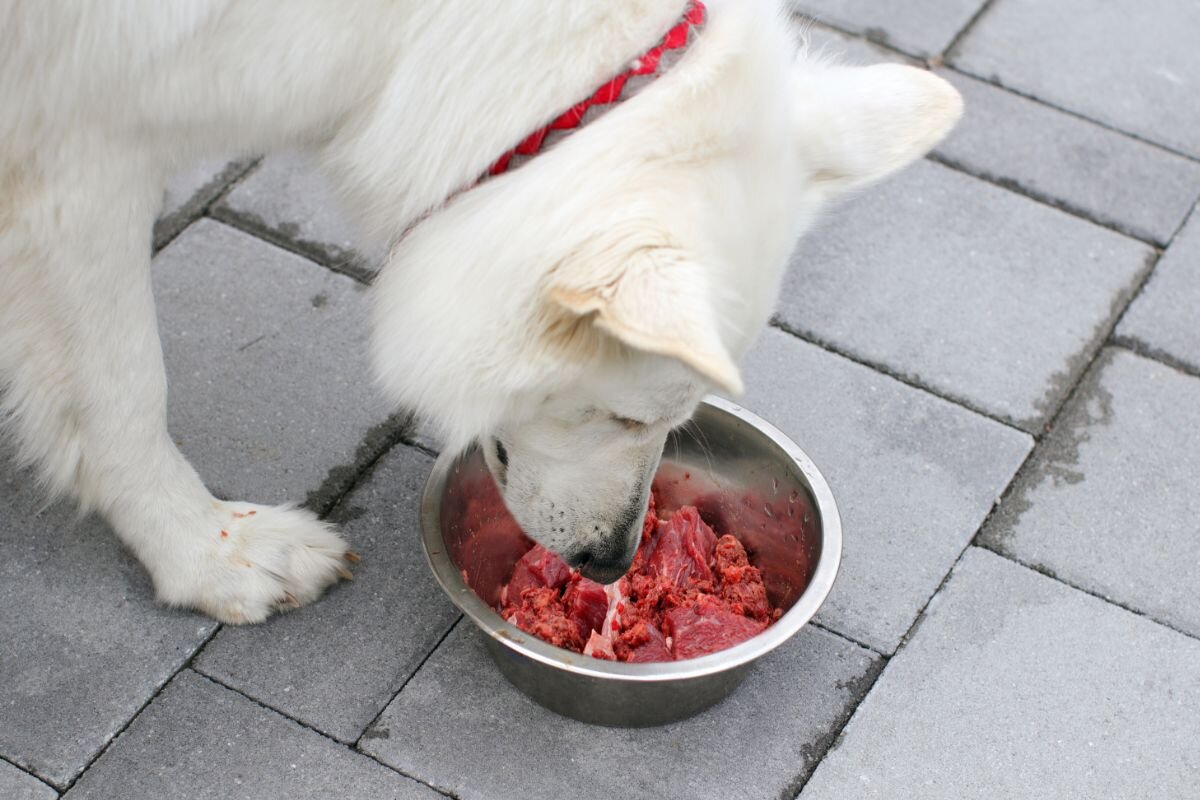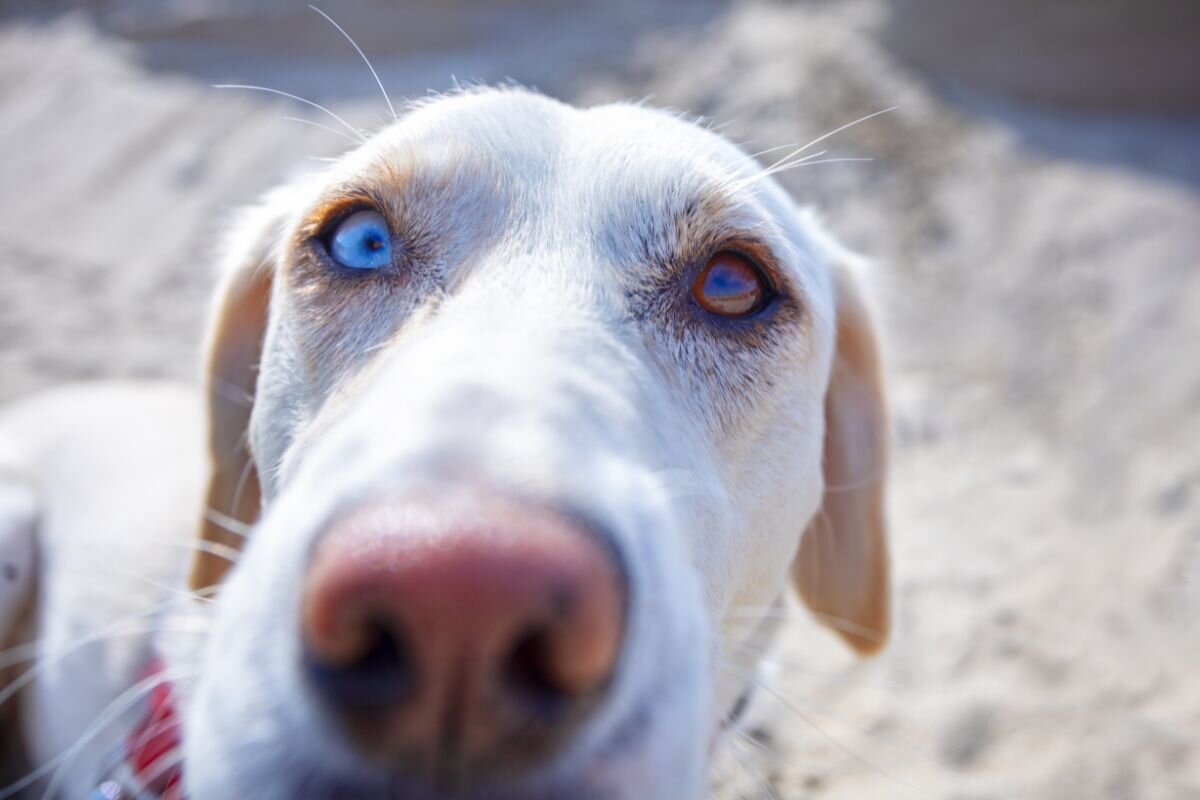All recognize that dogs are living, intelligent beings. And from this it follows that they have their own preferences, desires, and dislikes. Like humans, dogs often do not like it when strangers touch them and invade their personal space. Dogs dislike some common human gestures that they consider a threat. As a result of violating unwritten dog rules, humans often become victims of attacks.
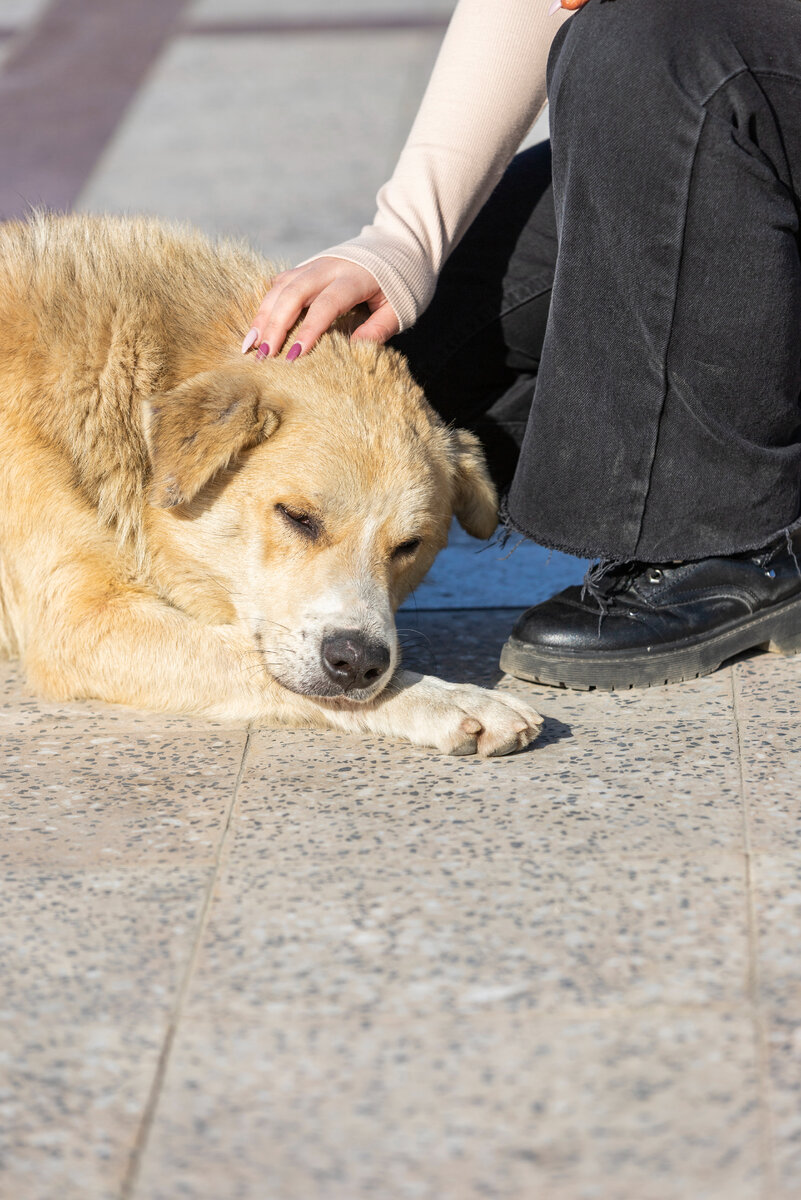
In most of the studied cases, before attacking, the dog gives unmistakable signals to the person that it does not like their action
Dog Warning
American scientists conducted a study of domestic dogs attacking humans and concluded that in most cases the cause of such behavior was human actions. In almost every video studied, there were clear attempts by dogs to show that they did not like the human's behavior. Moreover, the interval from the first hints to the bite was quite long - 17-20 seconds. This time would have been enough to change the behavior or stop the actions that alarmed the dog. The researchers concluded that dog attacks are rarely sudden, and most victims could have avoided aggression if they had paid attention to the dog's hints.
By the way, dogs that bite without any warning appear because of the owners who ignore their signals. The pet understands that its hints are useless and simply skips this stage, moving straight to aggression.
Pets communicate with each other through special signals, behavior, gestures, and facial expressions. Every person should study them from childhood, regardless of the extent to which their life is connected with pets, because the correct application of this knowledge helps avoid serious trouble.
What to Do
- Approach a dog, especially a stranger, in an arc. This is how they themselves behave, thereby showing respect and a peaceful attitude to the opponent;
- Show the dog open palms, not from above, but at the level of the snout;
- Observe the pet's reaction and do not ignore its response;
- Refuse the desire to pet the dog against its will;
- Talk to the pet, demonstrating a friendly tone of voice
Open palms will let the dog know that you are not a threat to them
What Not to Do
- Approach swiftly and too closely to the dog, coming from behind;
- Touch someone else's dog without the owner's permission;
- Get offended if the owner refuses to let you pet the dog;
- Stare directly into the eyes;
- Ignore the dog's signals;
- Approach with your hand from behind or above the dog's head;
- Hide your hands behind your back or show only the back of the palm and clenched fists;
- Make sudden movements and loud noises.
How to Understand When a Dog Does Not Want to be Petted
If you have obtained the owner's permission to pet the pet, do not rush to grab the dog. You still need to find out if they want it. If all previous recommendations are followed, you can perform a small test: gently pet the dog a couple of times. Then stop and observe. The dog will show you their mood.
If the dog wants more, you will notice some of the following signals:
- The dog moves closer to you;
- The dog moves their body towards you;
- The dog nudges your hand or body with their nose;
- The dog gives a "puppy-dog eyes" look, raising their eyebrows and rounding their eyes;
- Makes typical sounds for this situation.
You can also easily determine stop signals:
- The dog licks their lips;
- They move away from you;
- They turn away as if avoiding your hand;
- The dog lowers their head;
- Other actions typical of this dog that you should ask the owner about.
The lists are not exhaustive, as all pets are unique. If in doubt, ask the owner for advice.
Do not touch someone else's dog without the owner's permission, even if the pet looks absolutely harmless. Also, do not get upset if the owner refuses to let you pet.
By the way, wagging the tail is not always a sign of friendliness and affection, so do not draw conclusions based solely on this. Try to assess the pet's mood as a whole.
If you understand that the furry friend is not in the mood for contact, do not insist. Give the pet the right to personal space, respect their boundaries.
Another piece of advice given by dog trainers: if you have doubts about whether the dog wants to be petted or not, it is considered that the testing gave a negative answer. When the animal wants affection, you will know it without any doubts.
Tell me, do people often pay attention to your dog on the street and ask to pet them? How do you feel about such requests?

